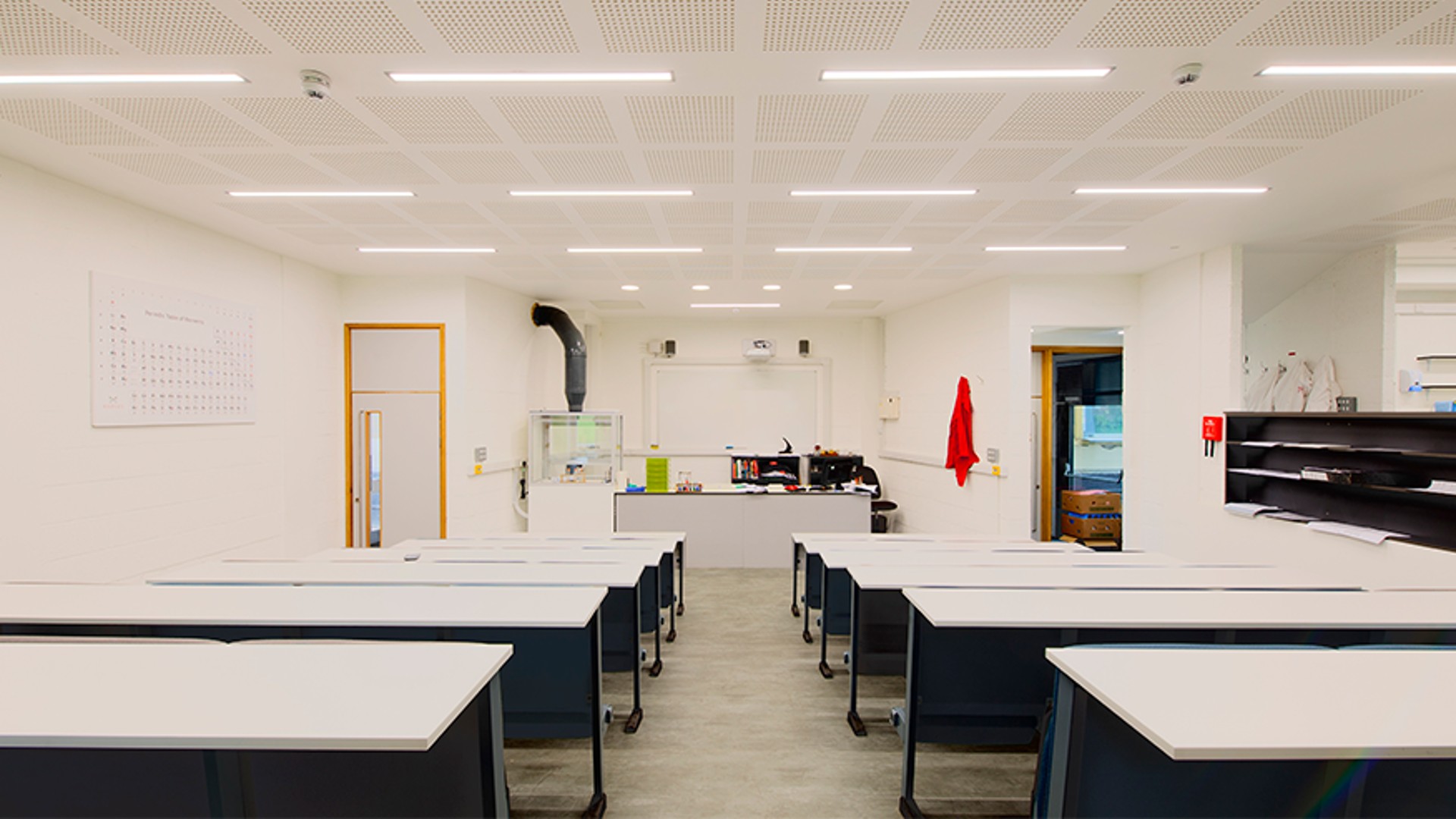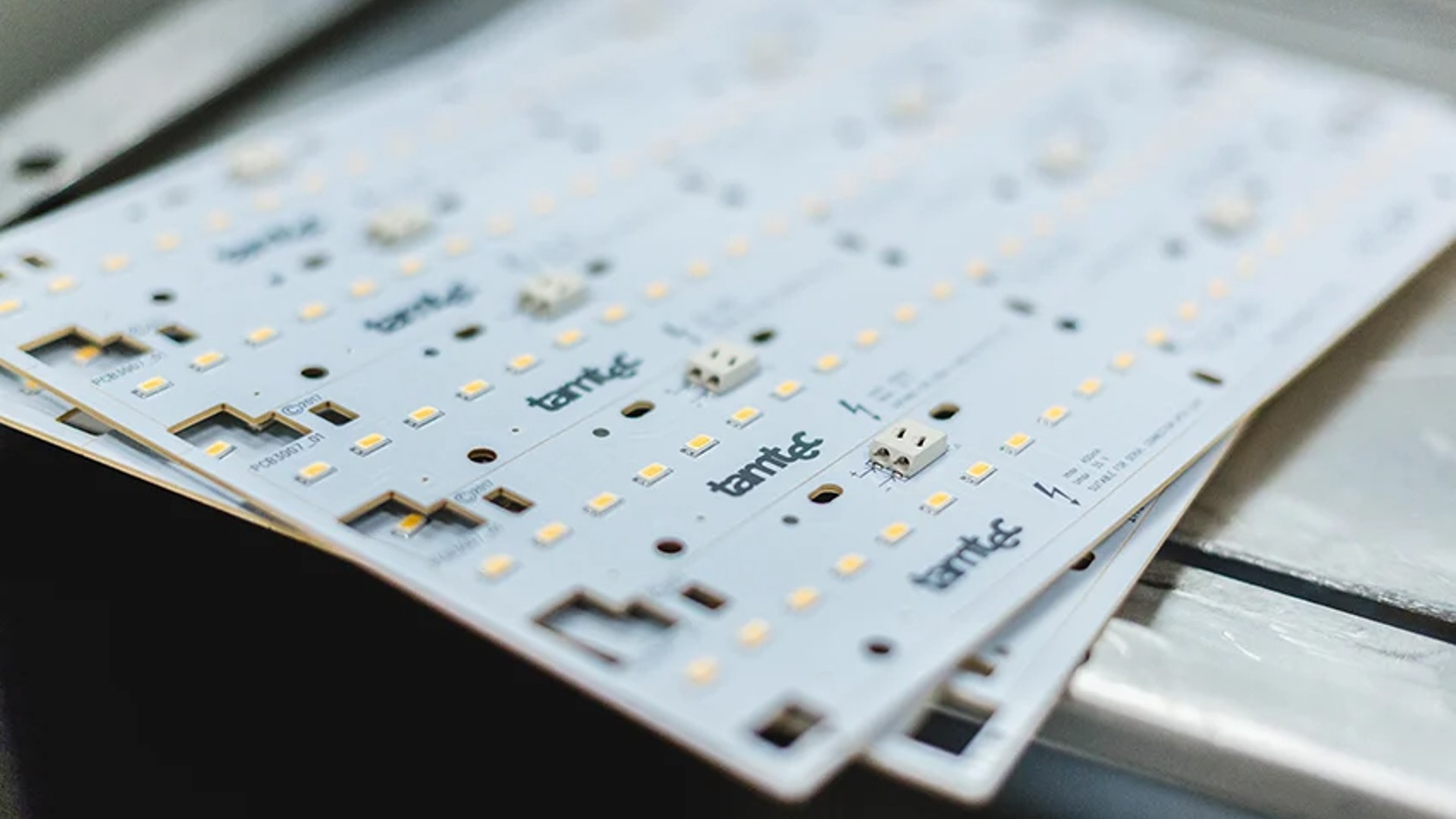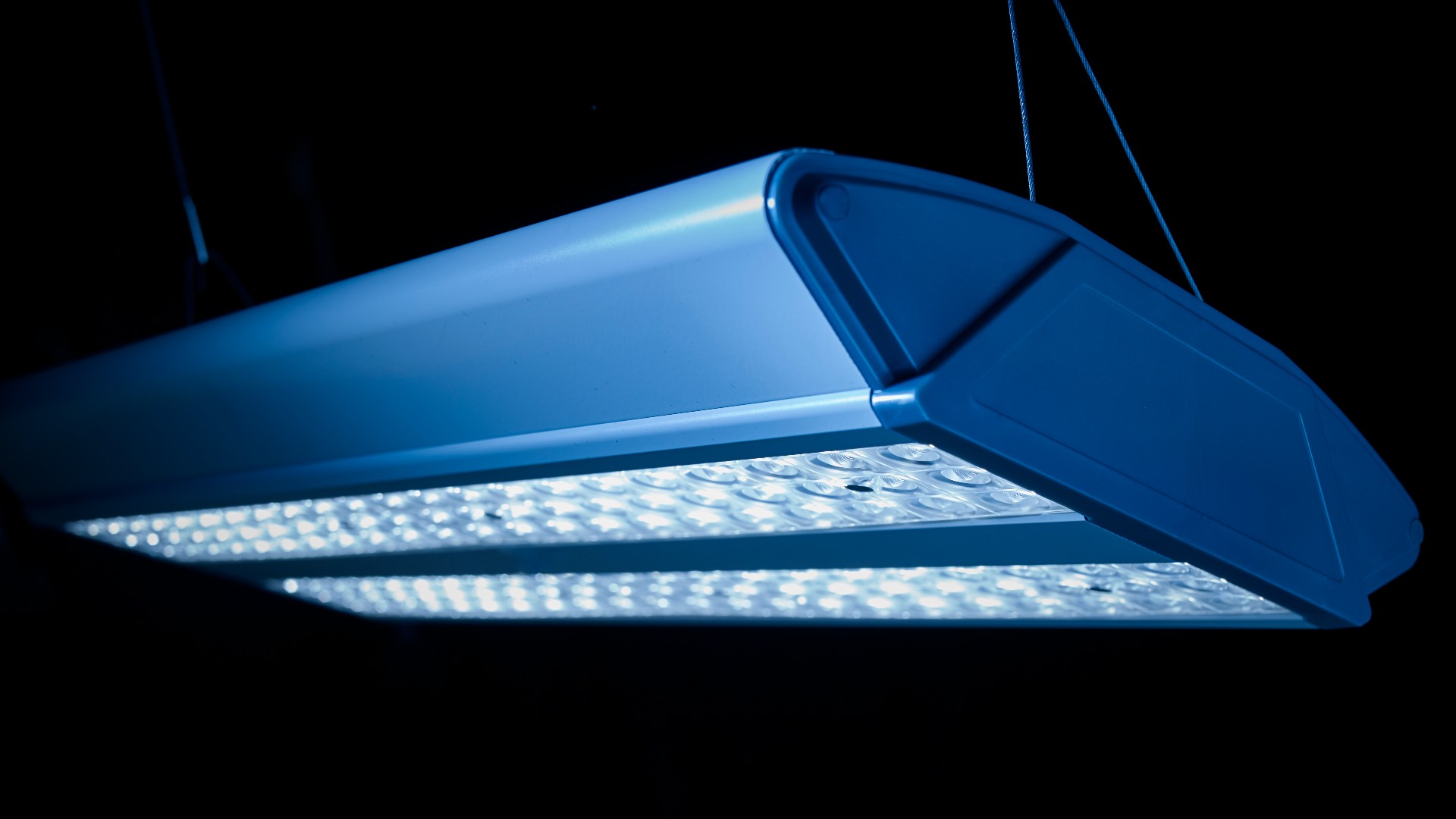3 big 'lessons' for perfect lighting in educational spaces

When specifying a lighting system for universities, colleges and schools, building engineers and consultants can rely on the fact that educational establishments are increasingly seeking out measures that can benefit their students in a highly competitive marketplace.
Schools that can provide the optimum environment for their students and staff will succeed over those that do not focus on wellbeing. Focus on the following three ‘lessons’ and the case for upgrading may soon pass from good to compellingly persuasive…
1. Balance
By seeking a perfect balance between natural and artificial light, with different light output at different times of day, it is possible to offer illumination that works in conjunction with students’ natural rhythms.
2. Deploying dynamic and tunable lighting systems
Light intensity and tuning spectrum can be adjusted in accordance with different requirements throughout the course of the day. This constitutes the most effective route to achieving what is increasingly being labelled as ‘biologically effective’ lighting.
3. Turning to LEDs
The transition to LED-based lighting has been ongoing in education for many years, but it’s always worth briefly restating some of the other primary benefits. Not only does it offer a more consistent and appealing quality of light, it also uses significantly less energy and can result in RoI periods of just a year or two – even in sizeable, school-wide installations.
For more information on Lighting for Education, visit our sector page.


